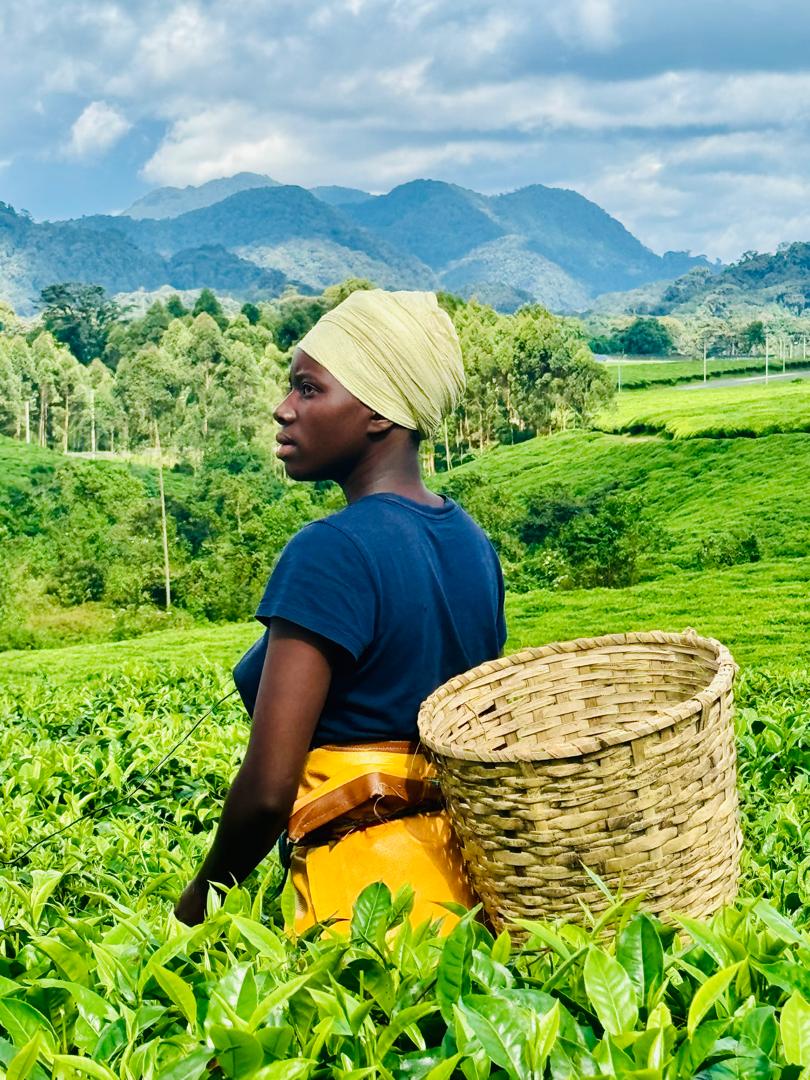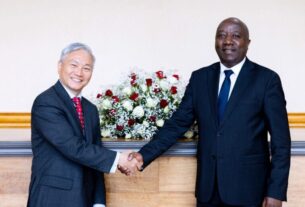Starting in 1952 and completely capitalized by 1962, tea has come a foundation of Rwanda’s frugality, evolving into the country’s largest import. According to the National Agency for the Promotion of Exports from Agriculture and Livestock( NAEB), tea exports generated over 154 billion Rwandan Francs( roughly 115 million USD) in the 2023/2024 financial time. This remarkable achievement underscores tea’s significance in Rwanda’s agrarian geography and its implicit to drive farther profitable growth.
While tea species second in profitability after coffee, it presents immense eventuality for expansion. presently, there are 19 processing manufactories operating at only 60 capacity, indicating that there’s room for increased product and effectiveness. The tea assiduity has formerly endured substantial growth, with civilization areas expanding dramatically from 11,399 hectares in 2005 to 33,430 hectares by June 2024. This represents a stunning 193 increase over nearly two decades, showcasing the sector’s responsiveness to both domestic and transnational request demands.
product situations have also seen a remarkable swell, climbing from just 4,858 tons in 1978 to roughly 40,000 tons bymid-2024. This growth is reflective of not only the increased land under civilization but also advancements in agrarian practices and processing technologies that have bettered yields and quality. gains in the sector have risen sprucely as well, from 22 million USD in 1998 to 115 million USD in the rearmost financial time, pressing the profitable viability of tea husbandry as a source of income for numerous Rwandans.
Importantly, the tea assiduity in Rwanda is characterized by its inclusivity; 65 of tea leaves are sourced from smallholder growers, while the remainder comes from larger colonies. This structure ensures that numerous pastoral communities profit from the assiduity, furnishing them with livelihoods and contributing to pastoral development. The small growers’ involvement is pivotal not only for the original frugality but also for enhancing community adaptability and food security.

On May 21, 2024, coinciding with the International Day of Tea, NAEB called upon stakeholders to enhance both product and quality within the tea sector. The agency’s emphasis on quality is particularly timely, given the recent product vault from 35,404 metric tons in 2021- 2022 to 39,000 tons, which earned the country over 107.7 million USD. This increase not only signifies the sector’s growth but also underscores the significance of maintaining high norms to contend effectively in transnational requests.
Rwanda’s tea exports have set up a significant request abroad, with Pakistan being the largest importer of Rwandan tea. Other notable requests include Egypt, Great Britain, and colorful countries across the Middle East. These requests give Rwandan tea directors with a steady demand, encouraging farther investments in product and processing capabilities.
As the alternate most consumed libation worldwide, tea holds a critical place in both global consumption patterns and Rwanda’s agrarian strategy. The libation is n’t only cherished for its taste but also for its health benefits, contributing to a growing global interest in organic and sustainably sourced products. This trend aligns well with Rwanda’s commitment to sustainable agrarian practices, situating its tea as a decoration product in the global request.
To subsidize on the growth eventuality within the tea sector, Rwanda has initiated several strategies aimed at perfecting product effectiveness and product quality. These include investing in training programs for growers, furnishing access to ultramodern husbandry ways, and enhancing processing installations. By fastening on these areas, Rwanda aims to increase both the volume and quality of tea produced, thereby enhancing its competitiveness in the transnational request.
likewise, the Rwandan government has honored the significance of diversifying its agrarian exports to alleviate pitfalls associated with global price oscillations. By bolstering the tea sector alongside coffee, the government aims to produce a more flexible agrarian frugality. This diversification is essential for icing food security and sustainable livelihoods for the population.
The tea assiduity’s growth is also nearly linked to broader trends in husbandry and pastoral development in Rwanda. With the government prioritizing agrarian modernization and investment in structure, the eventuality for farther advancements in the tea sector is promising. The establishment of cooperatives among tea growers has also proven salutary, allowing them to pool coffers, partake knowledge, and negotiate better prices for their yield.
Rwanda’s tea assiduity has come a long way since its commencement in the early 1950s. With emotional growth in civilization, product, and import earnings, tea has come a vital element of the Rwandan frugality. As the country continues to enhance its product capacity and maintain high- quality norms, the tea sector is well- deposited for farther growth and success in the global request. Through sustained investment, invention, and a commitment to inclusivity, Rwanda’s tea assiduity ca n’t only contribute significantly to the public frugality but also hoist the lives of innumerous individualities across the country.



